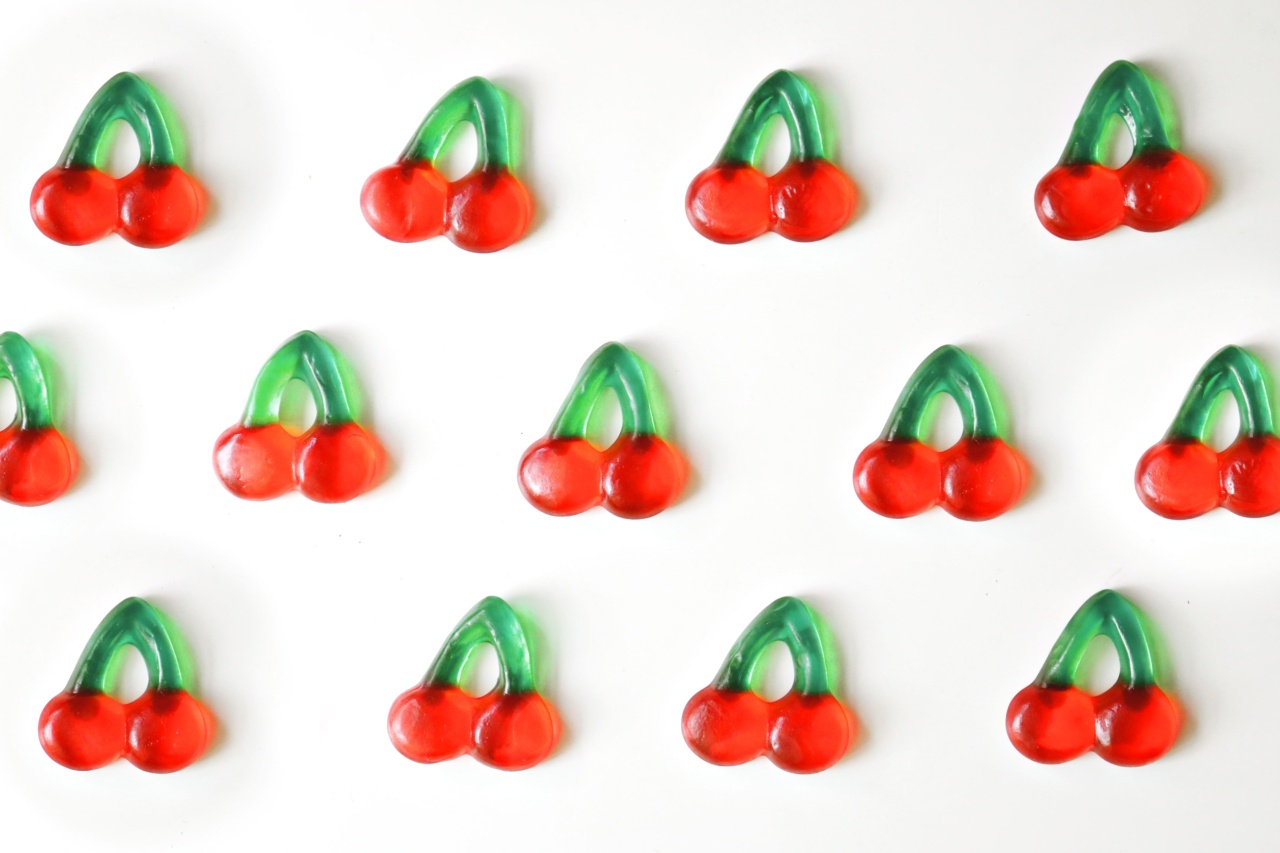In recent years, there has been a surge in the popularity of acidic fruit beverages among children. These refreshing and fruity drinks offer a convenient and tasty alternative to plain water or sugary sodas.
However, their increasing consumption raises concerns about their potential impact on children’s dental health. Acidic fruit beverages, such as citrus juices and certain fruit-flavored drinks, can pose a threat to tooth enamel, leading to tooth erosion and other dental problems if consumed in excessive amounts.
This article explores the effects of acidic fruit beverages on children’s dental health and offers tips to mitigate their impact.
The Science Behind Acidic Fruit Beverages
Acidic fruit beverages derive their taste and acidity from organic acids present in fruits.
Citric acid, tartaric acid, and malic acid are commonly found in various fruits and are responsible for the tangy and refreshing flavors we associate with these beverages. While these acids contribute to the appealing taste, they can have adverse effects on dental health.
Effects on Tooth Enamel
Tooth enamel is the hard, outer layer of the teeth that protects the sensitive dentin and pulp underneath. It is the strongest substance in the human body but can still be eroded by prolonged exposure to acids.
Acidic fruit beverages, when consumed frequently or in excessive amounts, can weaken the enamel and lead to its erosion over time. This erosion increases the risk of tooth sensitivity, decay, and cavities among children.
pH Levels and Dental Health
The pH scale measures the acidity or alkalinity of a substance. A neutral pH is 7, while values below 7 indicate acidity. Acidic fruit beverages typically have a pH level below 4, which places them in the acidic range.
The lower the pH, the more damaging the beverage can be for tooth enamel.
Preventive Measures
While acidic fruit beverages can threaten dental health, there are several preventive measures that parents and caretakers can take to minimize their impact:.
1. Dilute the Beverages
One effective way to reduce the acidity of fruit beverages is to dilute them with water. This decreases the concentration of acids, making them less harmful to tooth enamel. Aim for a ratio of one part fruit beverage to two parts water.
2. Use a Straw
Drinking acidic fruit beverages through a straw can help minimize contact with tooth surfaces. This reduces the direct exposure of teeth to the acids, as the liquid bypasses the front teeth when consumed through a straw.
3. Follow with Water Rinse
Encourage your child to rinse their mouth with water after consuming acidic fruit beverages. This helps wash away any residual acids and minimize their contact with tooth enamel.
4. Limit Consumption and Frequency
Moderation is key when it comes to acidic fruit beverages. Limit your child’s consumption and frequency of these beverages. Opt for healthier alternatives like water, milk, or unsweetened teas for hydration.
5. Choose Fresh Fruits
Instead of relying solely on packaged acidic fruit beverages, encourage your child to consume fresh fruits.
Whole fruits contain fiber and other nutrients that are beneficial for overall health, and they have lower acidity levels compared to concentrated fruit juices.
Long-term Dental Health
Prioritizing dental health from an early age helps promote good oral hygiene habits and reduces the risk of dental problems later in life.
Regular dental check-ups, proper brushing techniques, and a balanced diet are essential for maintaining strong teeth and healthy gums.
Raising Awareness
Educating children about the potential consequences of excessive consumption of acidic fruit beverages is crucial. Teach them about the importance of moderation and the significance of oral hygiene practices.
By raising awareness, we empower children to make informed decisions regarding their dental health.
The Role of Parents and Caretakers
Parents and caretakers play a significant role in shaping children’s dietary choices and habits.
By providing nutritious alternatives, setting limits, and encouraging good oral hygiene practices, they can safeguard their children’s dental health and overall well-being.































